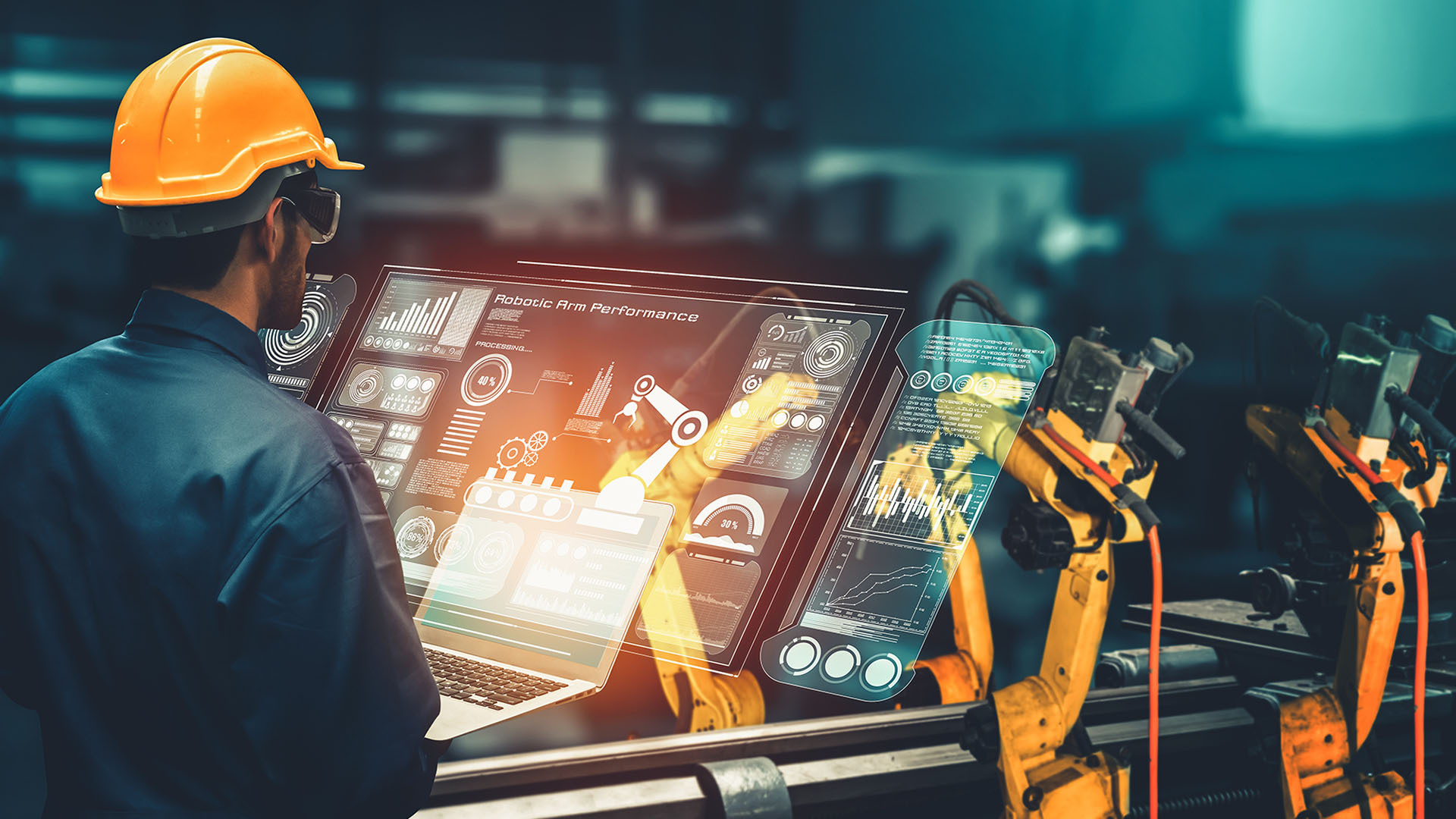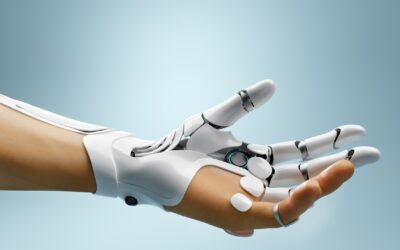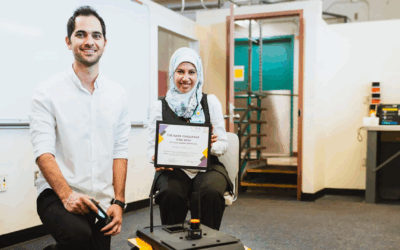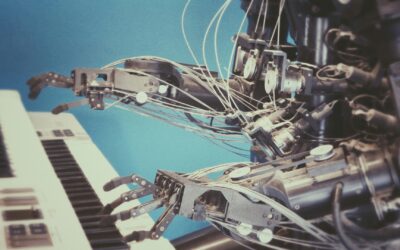Robots are becoming increasingly commonplace in our lives, and the future looks even more promising. Robotics is a fascinating field that encompasses both hardware and software trends.
On the hardware side, we are seeing foldable robots, ones with incredible mechanical dexterity, etc. On the software side, we are seeing robots act intelligently, the streamlining of complex interfaces, and software that makes robots more accessible to all.
In this blog post, we will explore these trends in more depth.
2022 Hardware Trends
2022 is shaping up to be an exciting year for robotics hardware. Some of the biggest trends include:
Foldable robots
One of the most significant hardware trends in recent years has been the development of foldable robots. These are machines that can change their shape or size, making them more versatile and adaptable than ever before.
Foldable robots are already being used in a variety of settings, including manufacturing, healthcare, and even the home. And as the technology continues to develop, we can expect to see these robots become increasingly commonplace.
Mechanical dexterity
Another major trend in robotics hardware is the development of machines with incredible mechanical dexterity. These machines are able to handle delicate tasks with ease, thanks to their advanced sensors and articulated limbs.
This trend is particularly evident in the field of healthcare, where robots are being used for everything from surgery to physical therapy. As mechanical dexterity continues to improve, we can expect to see robots playing an even bigger role in our lives.
Collaborative robots (cobots)
One of the most exciting trends in robotics is the rise of collaborative robots, or cobots. Cobots are designed to work alongside humans, and they are becoming increasingly popular in a wide range of industries.
Cobots offer a number of advantages over traditional industrial robots. They are typically much cheaper and easier to set up, and they can safely work side-by-side with humans. As cobots become more advanced, we can expect to see them taking on an even wider range of tasks.
Accessibility
Another important trend in robotics is the increasing accessibility of robot technology. Thanks to advances in software and hardware, it is now possible for anyone to build and operate a robot.
This trend is particularly evident in the area of educational robotics. There are now a number of kits and platforms available that allow students of all ages to build and program their own robots. This is helping to demystify robotics and make it more accessible to the general public.
2022 Software Trends
Just as hardware is becoming more sophisticated, so too is software. Here are some of the key software trends that are shaping the future of robotics:
Intelligent interfaces
We are seeing a move away from traditional graphical user interfaces (GUIs) towards more intelligent interfaces that make it easier for humans to interact with robots. Intelligent interfaces can take many forms, such as voice-activated commands, gesture control, and even brain-computer interfaces.
Simplified programming
The days of complex robotic programming languages are numbered. Thanks to advances in machine learning and artificial intelligence, it is now possible to program robots using more natural language constructs. This makes it easier for non-experts to program robots, and opens up new possibilities for how robots can be used.
Machine learning
Machine learning (ML) is being used to enable robots to learn from data and experiences, just like humans do. This is resulting in more intelligent and adaptive robots that can carry out tasks more effectively. ML is also being used to improve the accuracy of robot sensors, making them better at avoiding obstacles and detecting objects.
Natural language processing
Natural language processing (NLP) is helping robots to understand human speech and respond in a way that is natural for humans. This is making it possible for people to communicate with robots more easily and effectively.
Streamlining of complex interfaces
The interfaces between humans and robots are becoming more streamlined and user-friendly. This is making it easier for people to interact with robots, and carry out tasks using them. Overly complex interfaces can be a barrier to the use of robots, so this is an important trend.
What does the future hold?
We are on the cusp of major breakthroughs in both hardware and software that will enable robots to become even more capable and versatile.
We can expect to see more transformational innovations in coming years that will not only make our lives easier, but also help us achieve things that we never thought possible.
Automation Alley is a World Economic Forum Advanced Manufacturing Hub (AMHUB) for North America and a nonprofit Industry 4.0 knowledge center with a global outlook and a regional focus. We facilitate public-private partnerships by connecting industry, education and government to fuel Michigan's economy.




